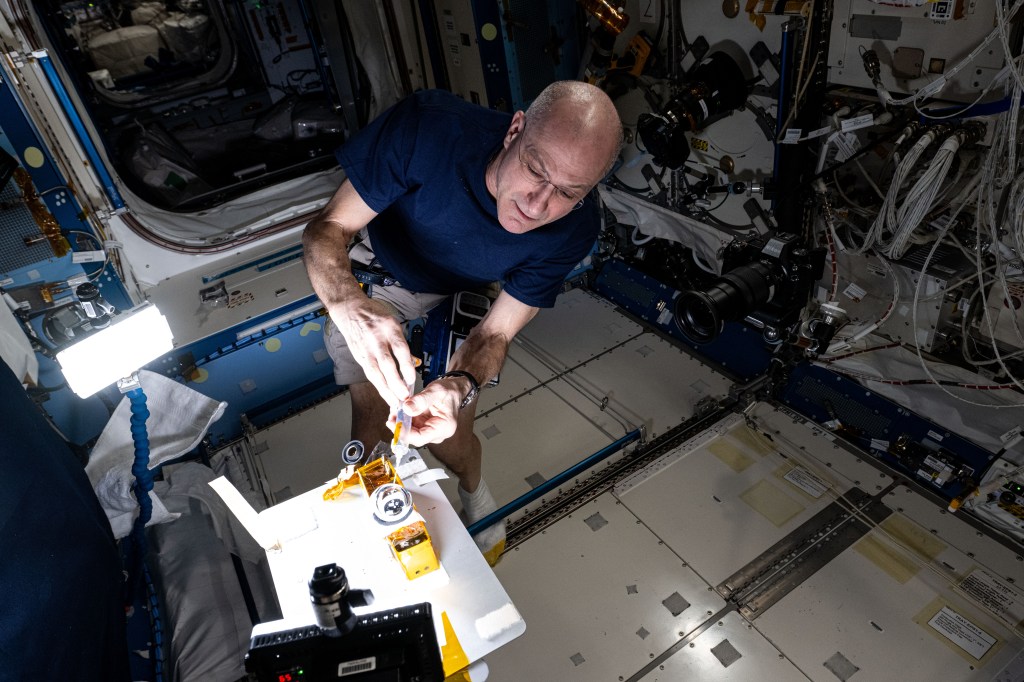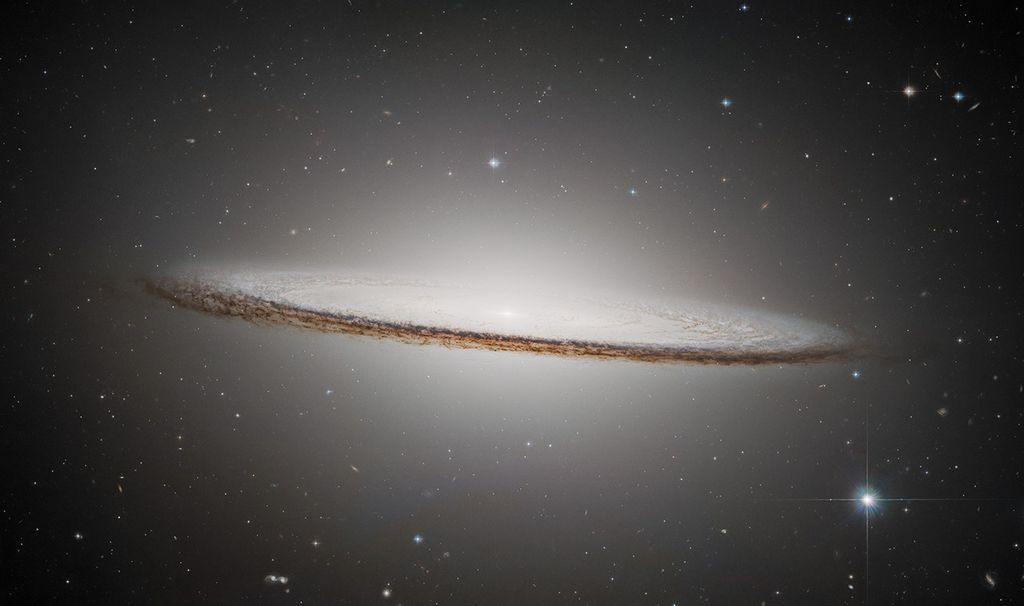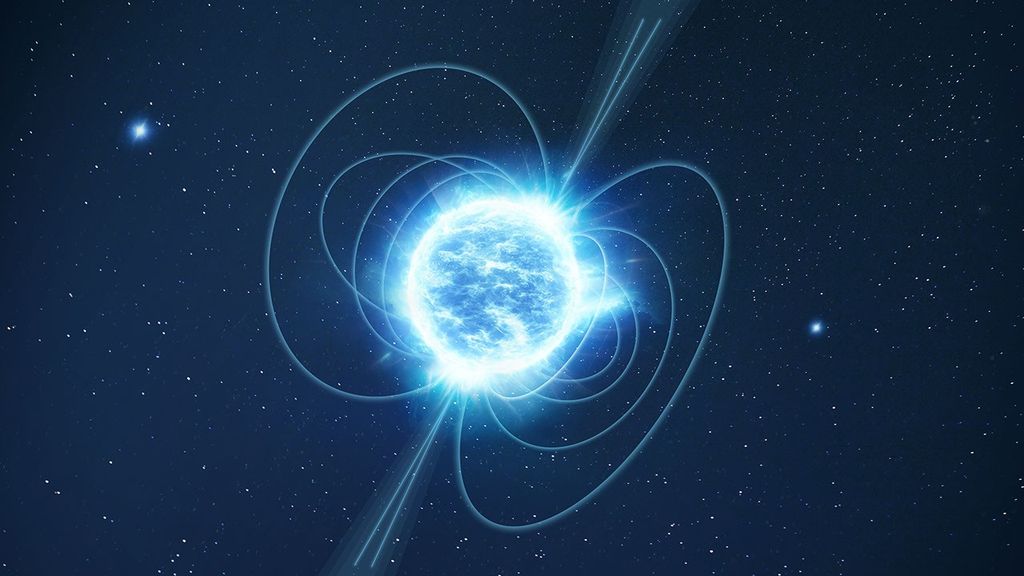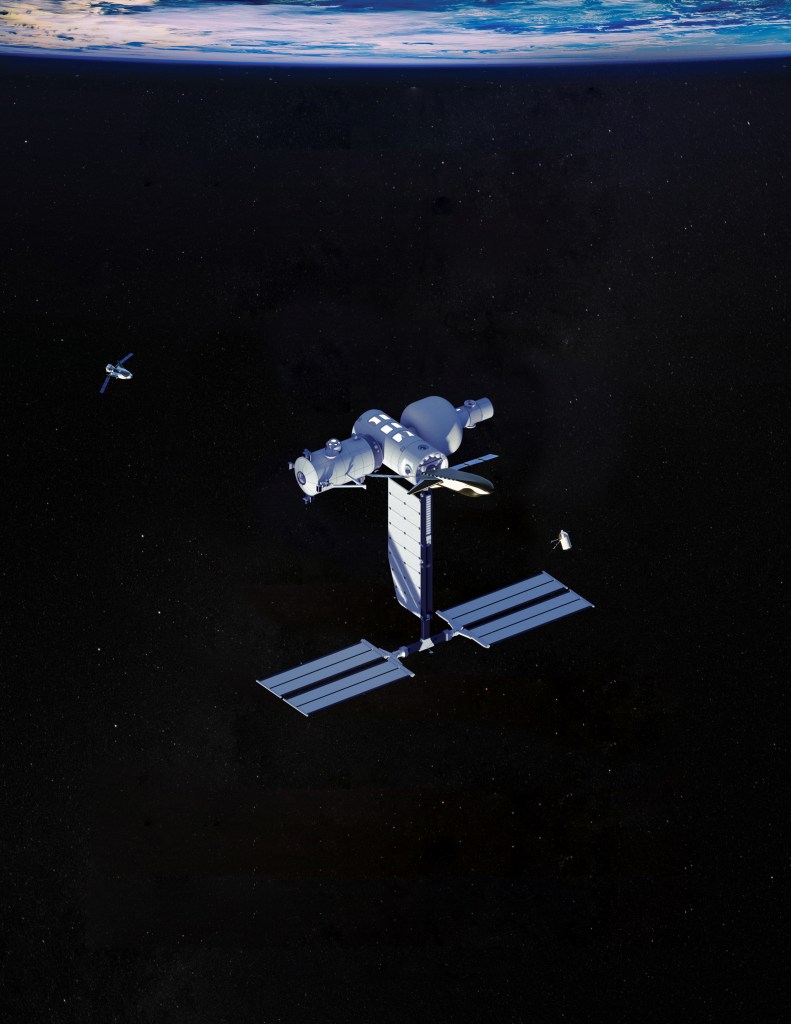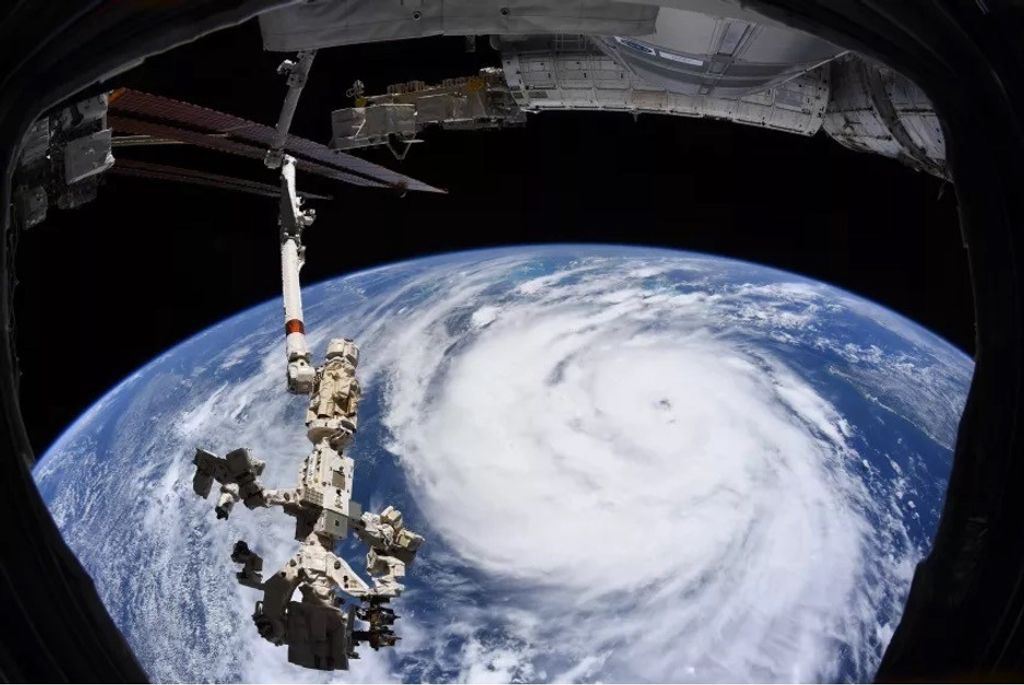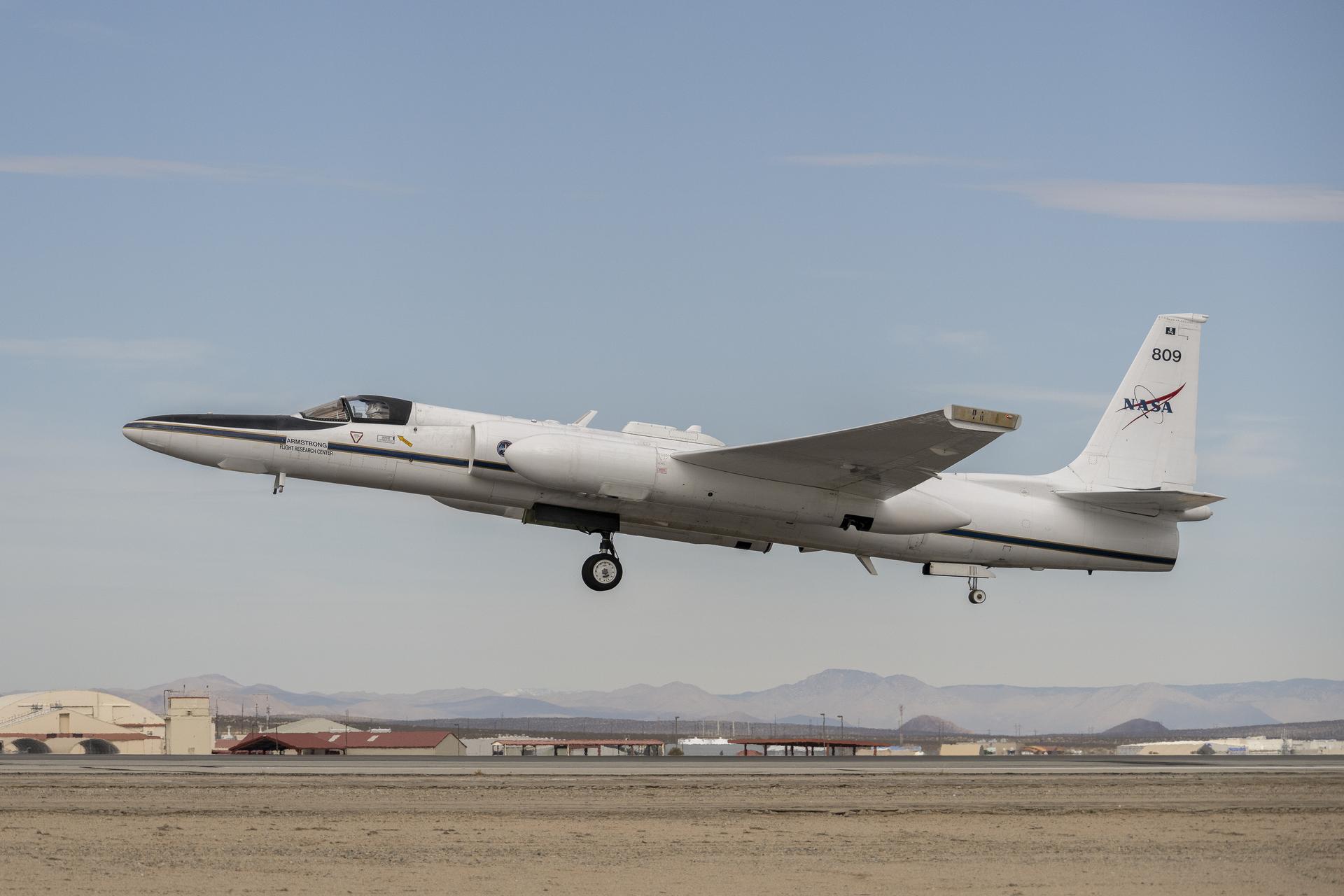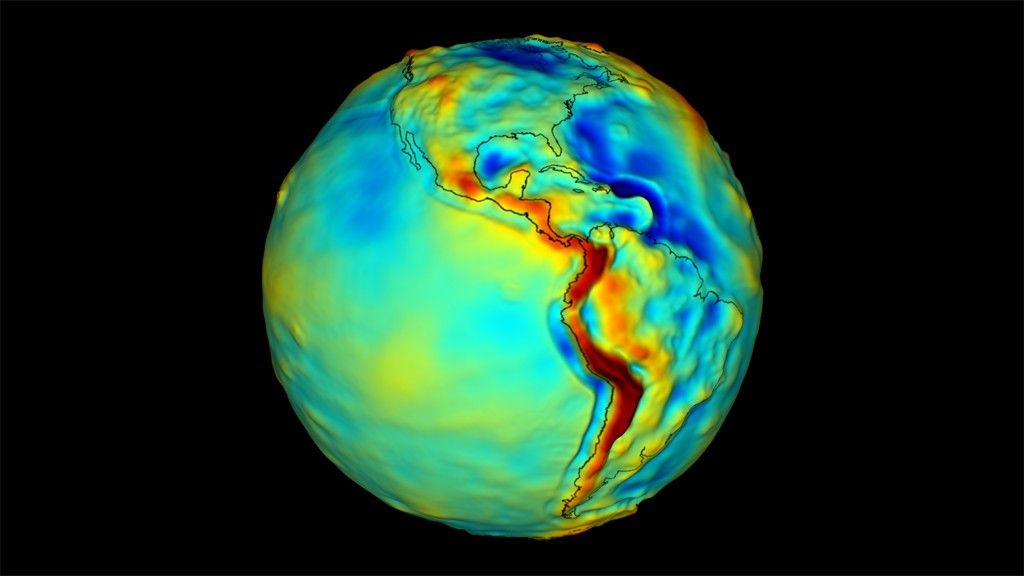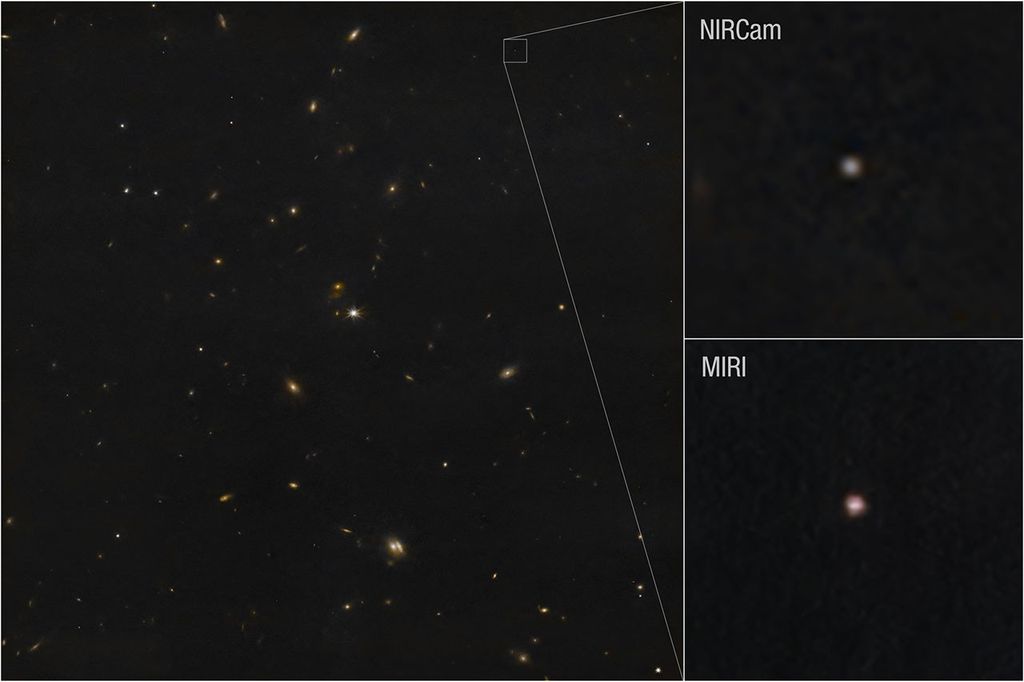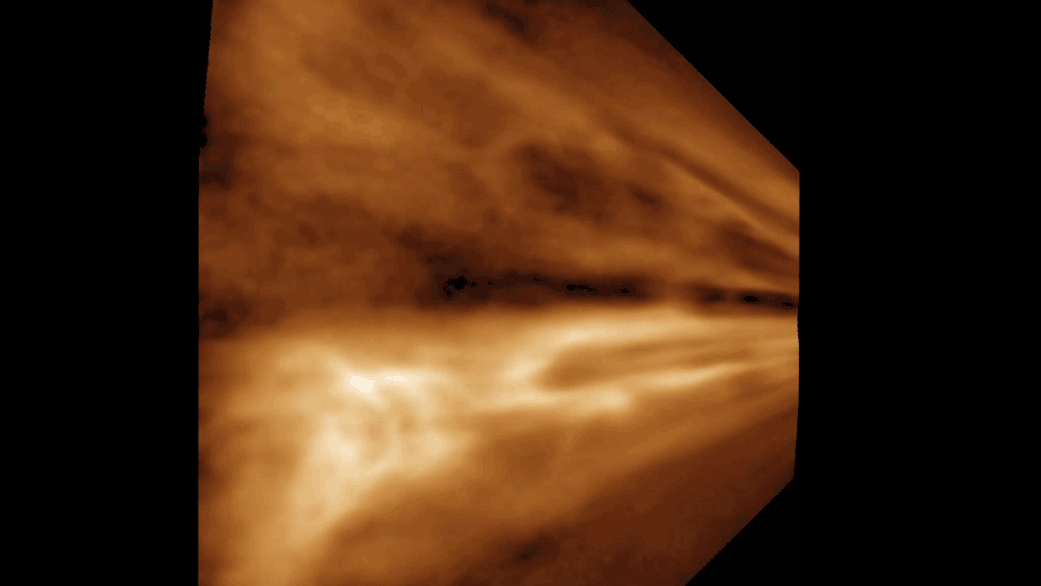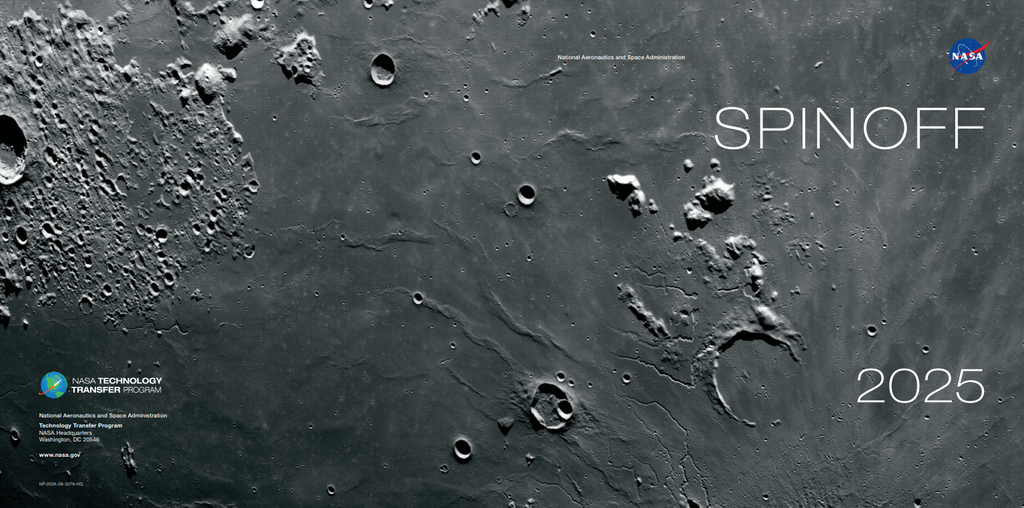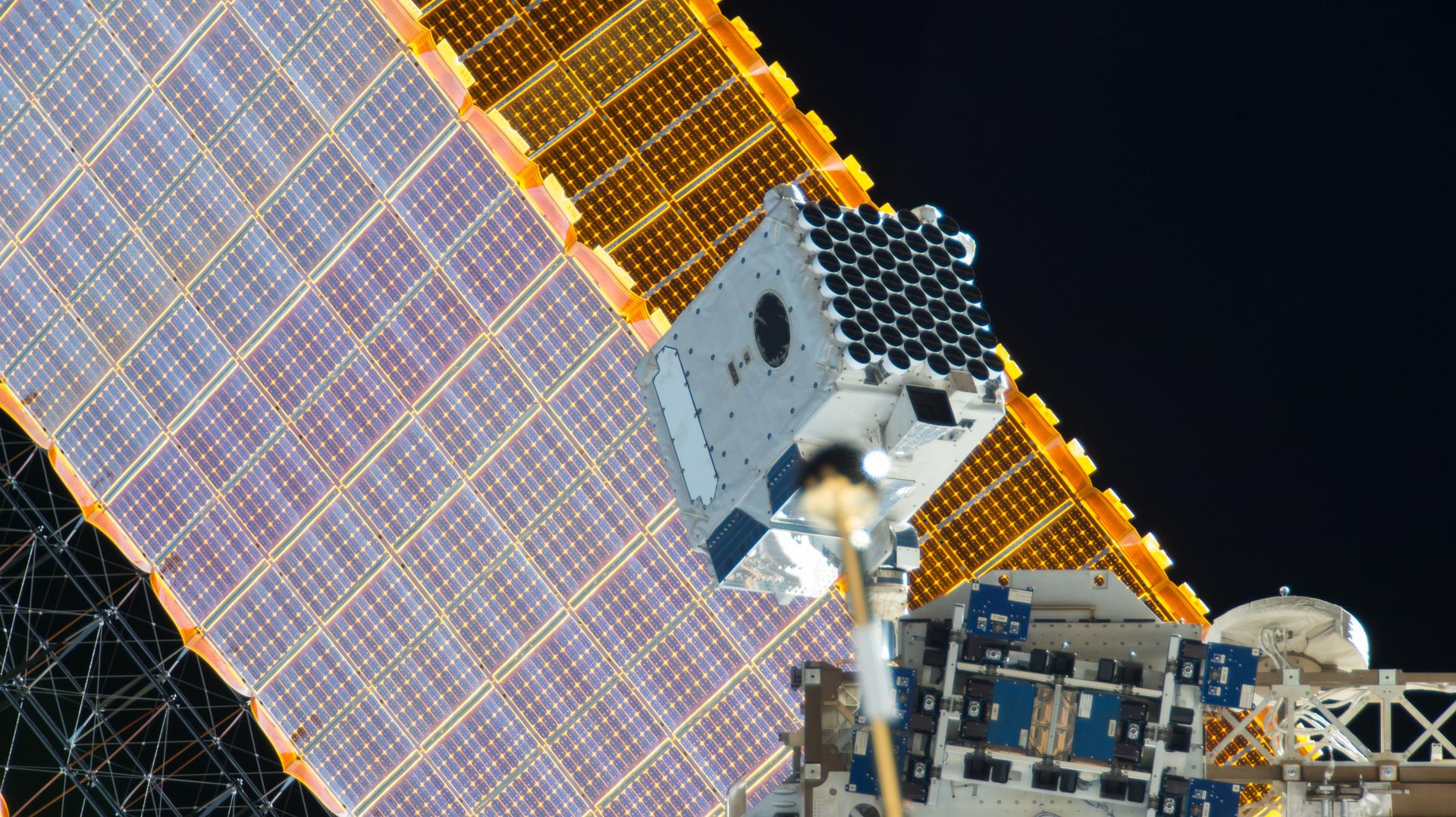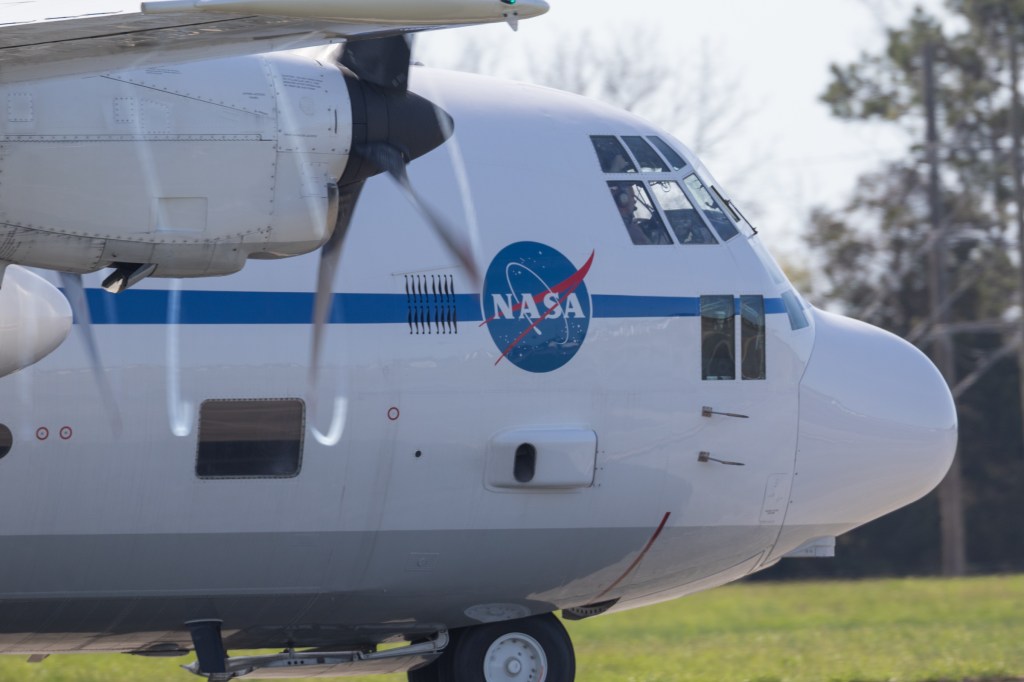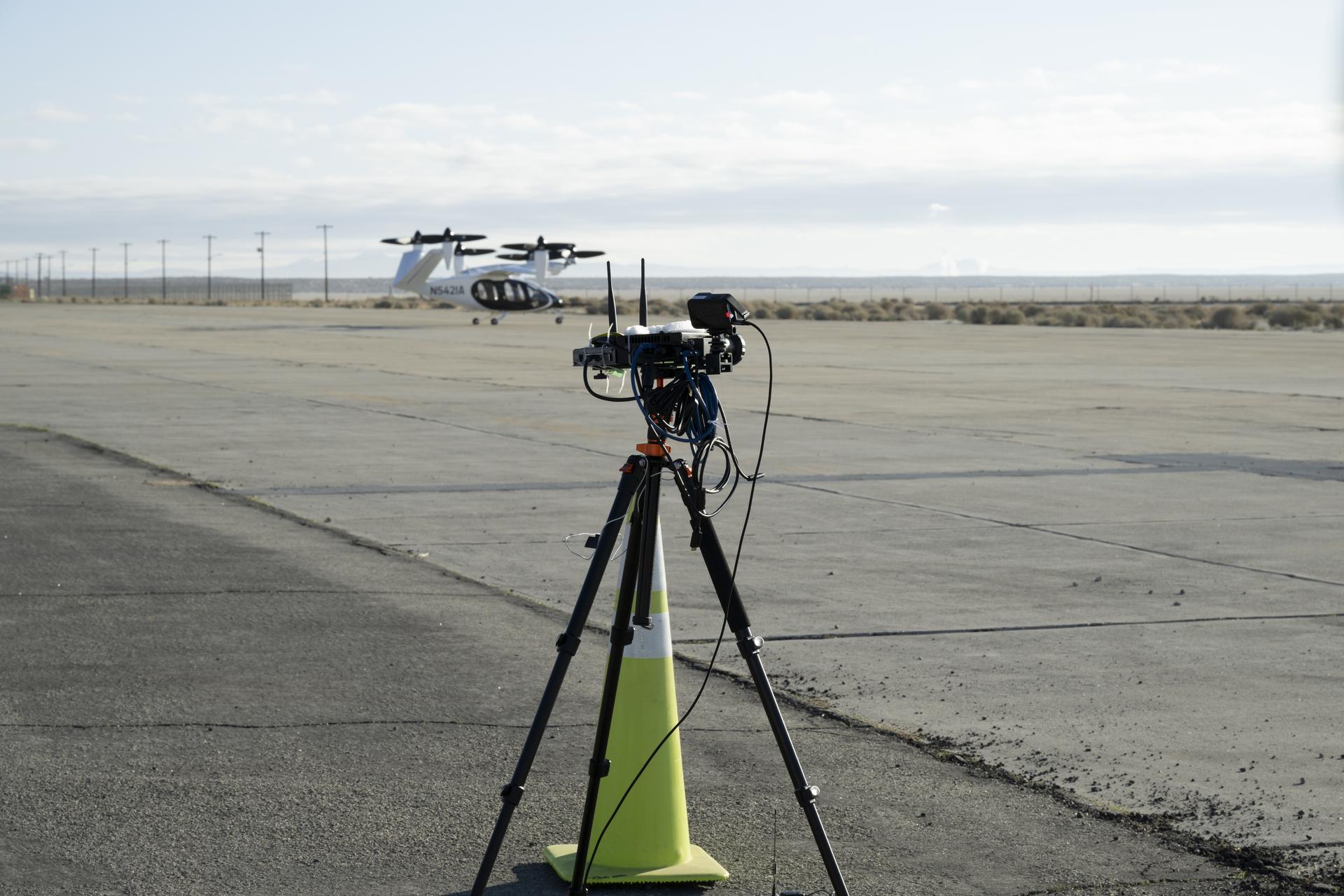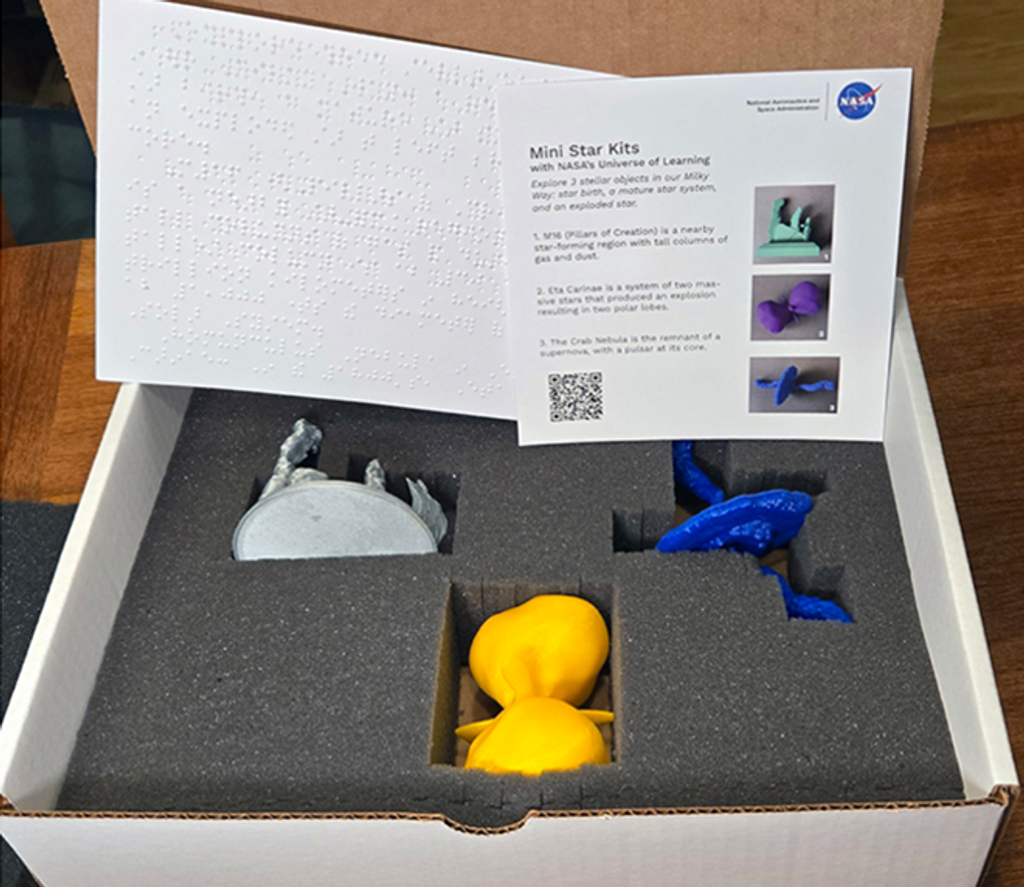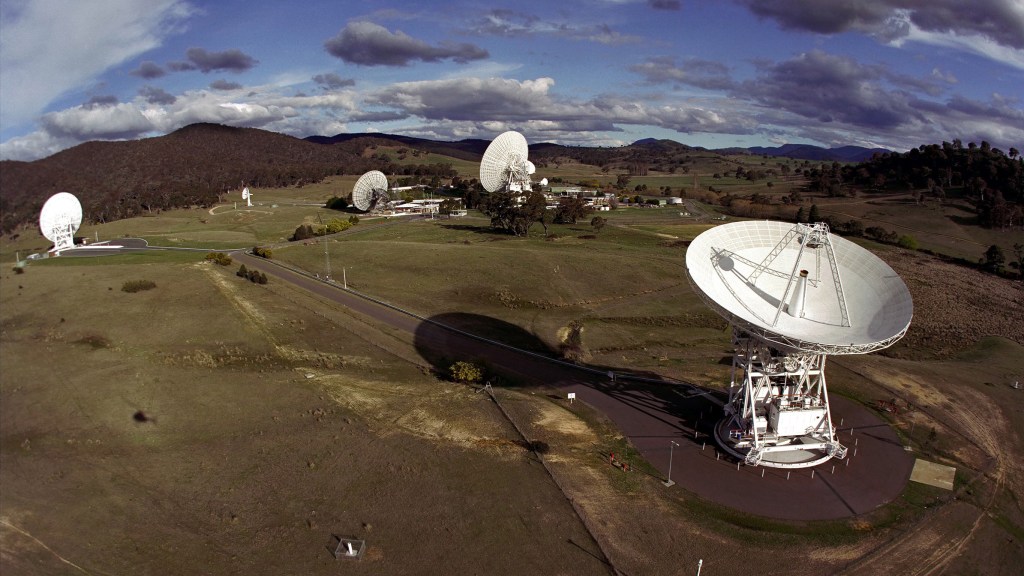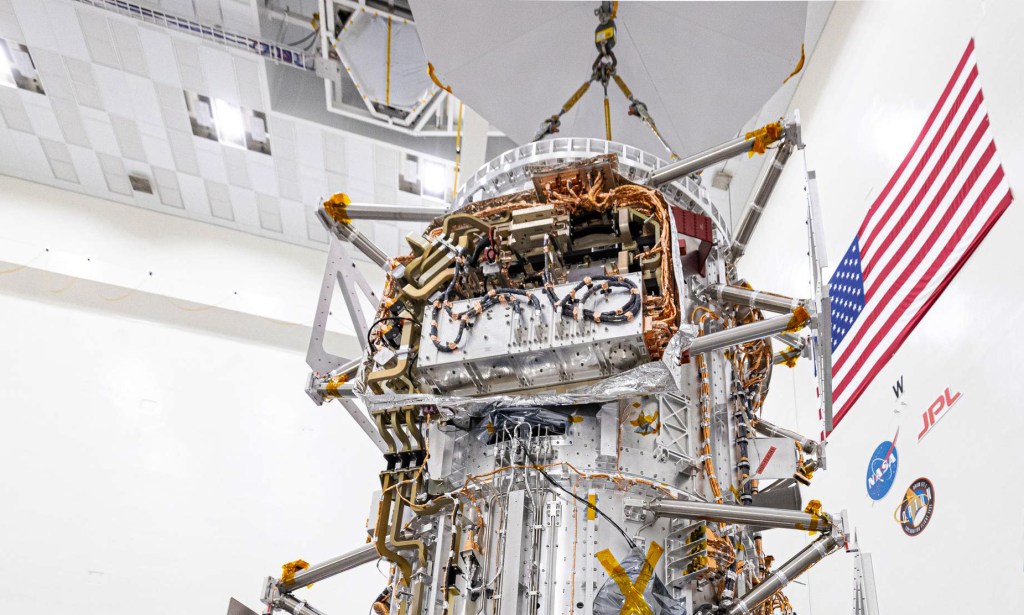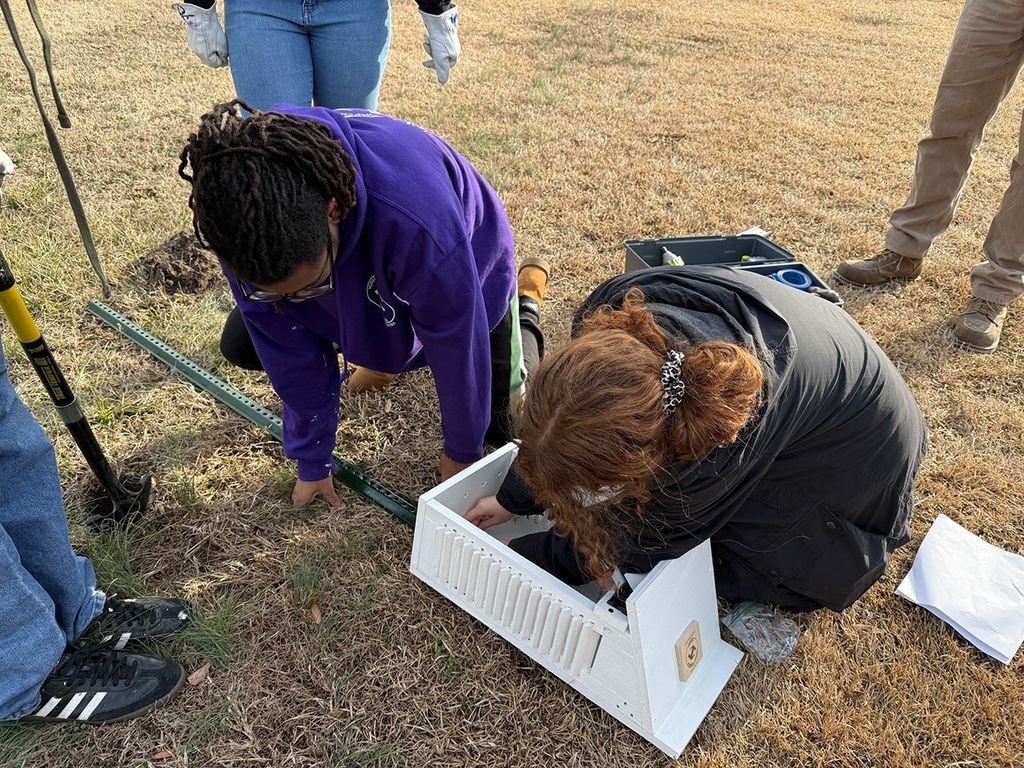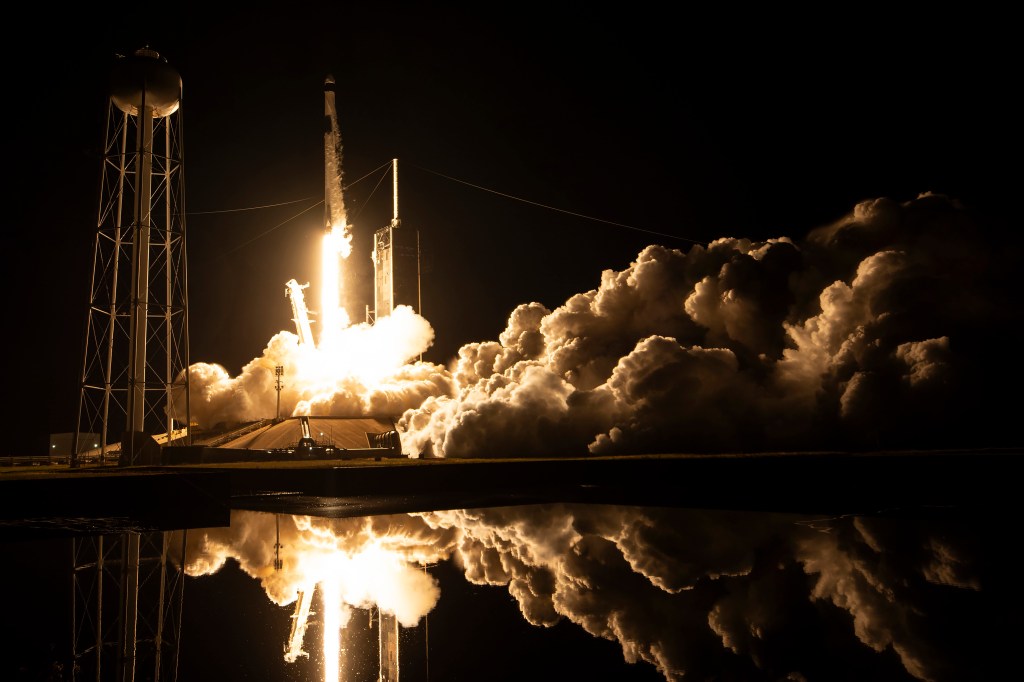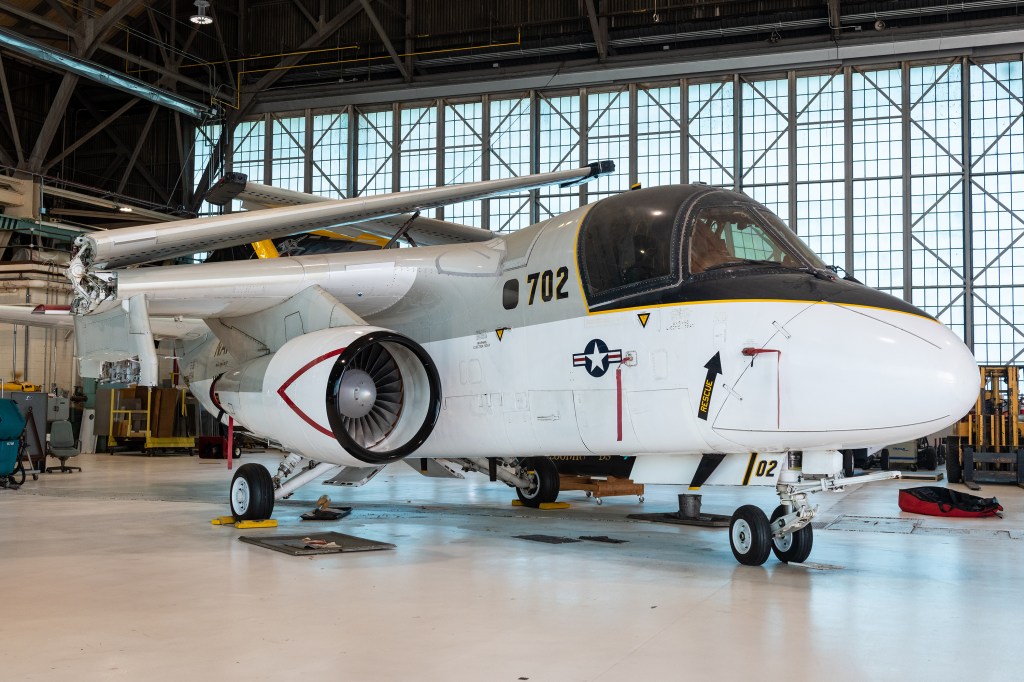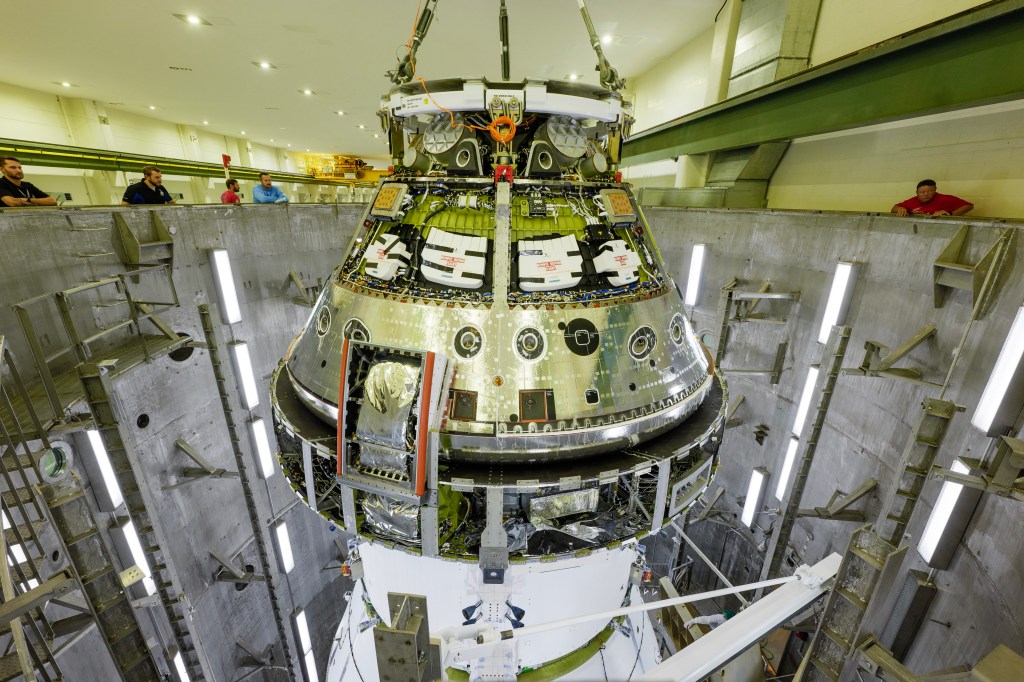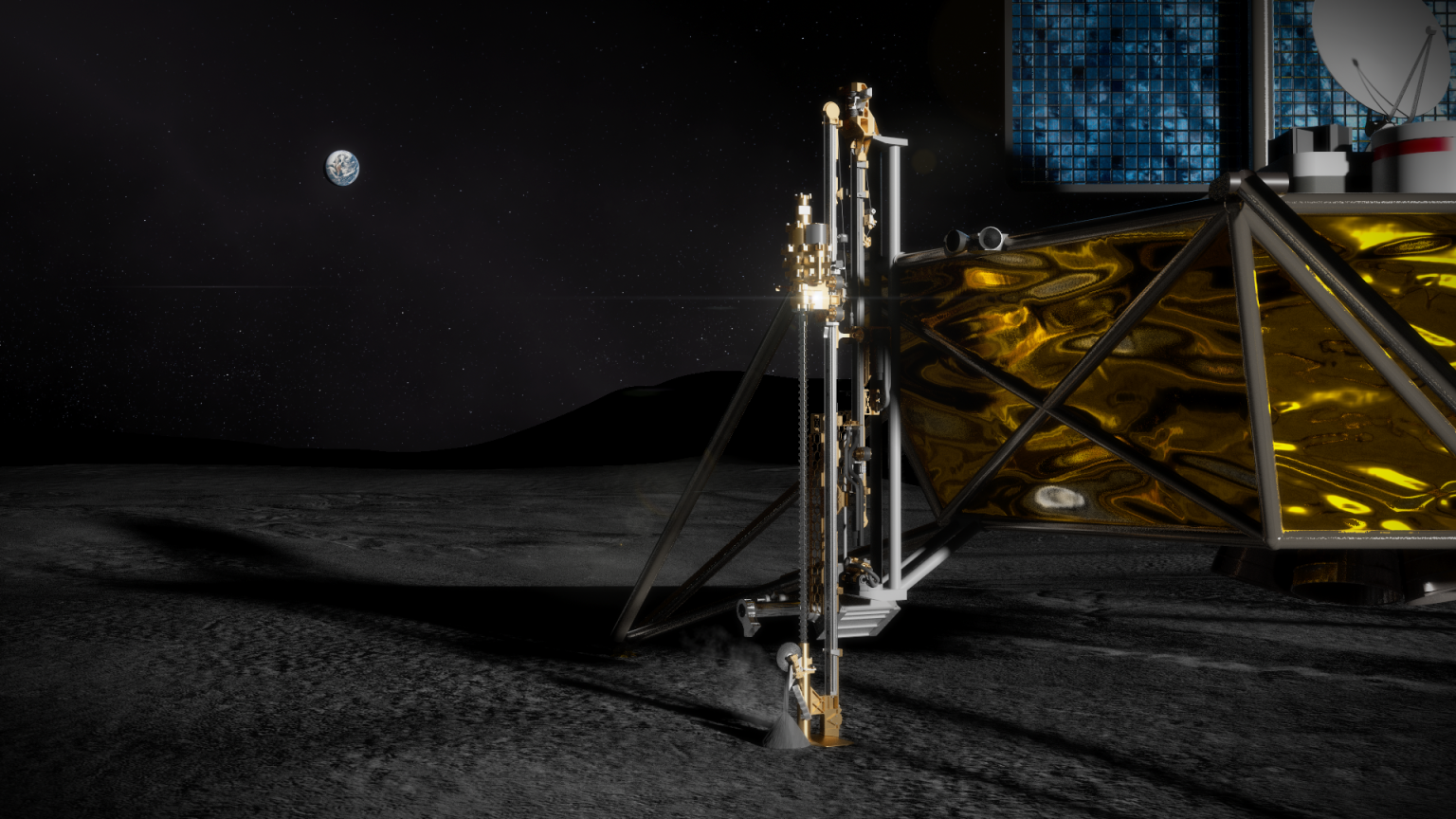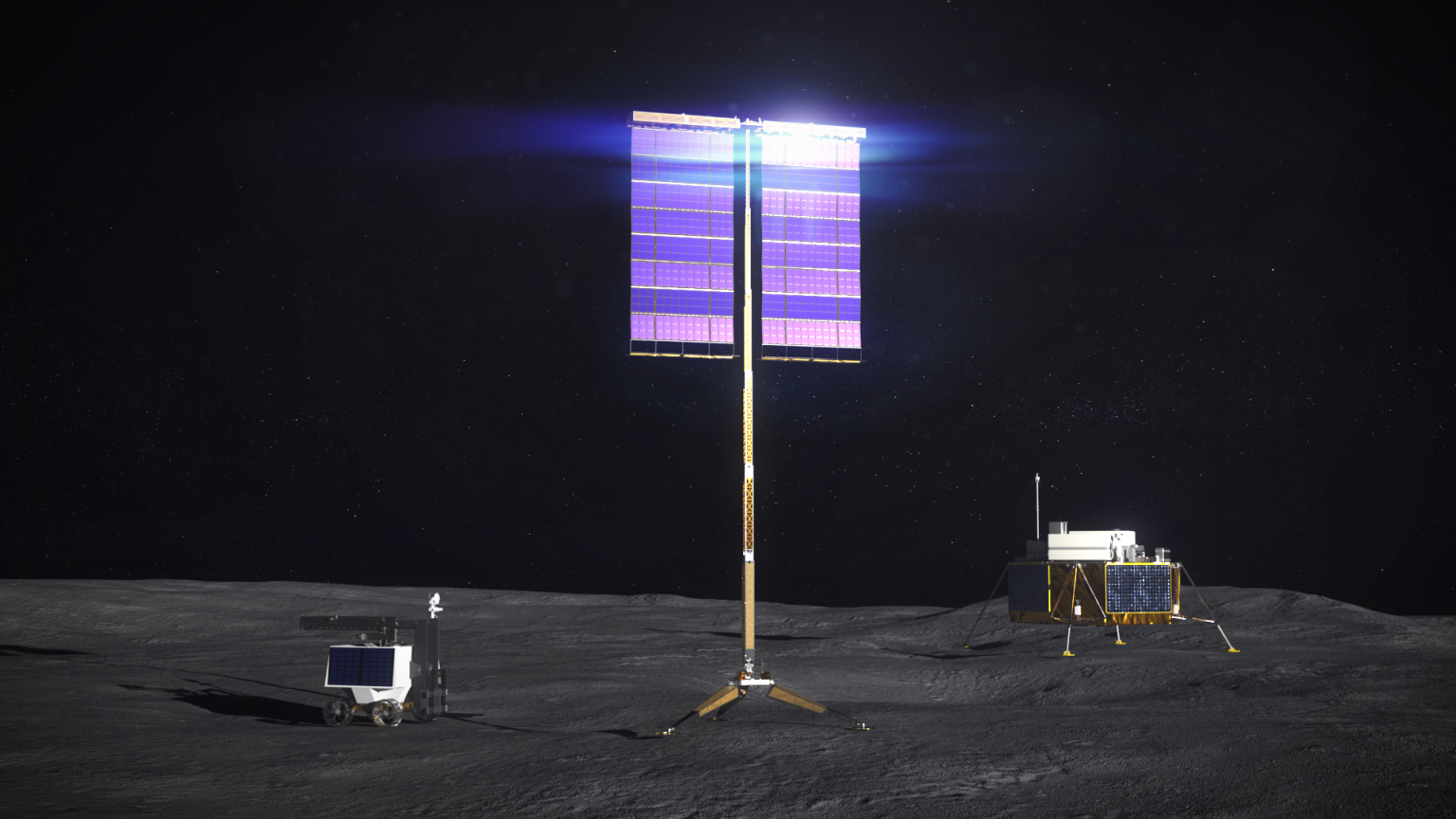An attractive option for active removal of space debris threatening low Earth orbit (LEO) assets is a concept referred to as the ElectroDynamic Debris Eliminator (EDDE).
Note: Please note that this is an “archived project” and is no longer updated. This article is meant for historical purposes only.
An attractive option for active removal of space debris threatening low Earth orbit (LEO) assets is a concept referred to as the ElectroDynamic Debris Eliminator (EDDE). EDDE is a new type of conceptual space vehicle: it is a propellantless spacecraft that can operate in the Earth’s ionosphere in LEO. EDDE is solar-powered, uses electric current in a long conductor to thrust against the Earth’s magnetic field, and rotates slowly to stabilize itself. The rotation also lets EDDE push and pull against the Earth’s magnetic field as desired, allowing controlled changes in all 6 orbital elements. The concept, illustrated below, uses a wide reinforced aluminum-foil tape as a 10-km-long electron collector and conductor. The solar arrays are distributed along its length to serve as “electron pumping stations” that limit peak voltages relative to the local plasma. The multi-amp current can be allowed to flow in either direction using hollow cathodes as electron emitters.
An SBIR Phase III contract, entitled “Technology Maturation of the EDDE Vehicle,” has been awarded to Star Technology and Research Inc. (STAR), to mature the EDDE hardware and operating concepts through detailed analysis and ground-based technology development. STAR will focus on reducing the main technical risks that affect the design, cost, mass, safety, control, performance, reliability, and survivability of the EDDE vehicle, and on maturing the technology associated with safe and reliable deployment, orbit transfers, collision avoidance, and rendezvous.
Plans include collaborating with NRL on a cubesat (TEPCE) mission and evaluating secondary launch opportunities for a TetherSat. In parallel to the EDDE investigation, engineers at the Marshall Space Flight Center are also performing studies on using a electrodynamic tether for space debris removal; the title of this task is Propulsion Using Electrodynamics (PROPEL). As part of the Clean Space project potential debris capture devices and mechanisms will be identified and assessed through separate studies planned in the near future.


